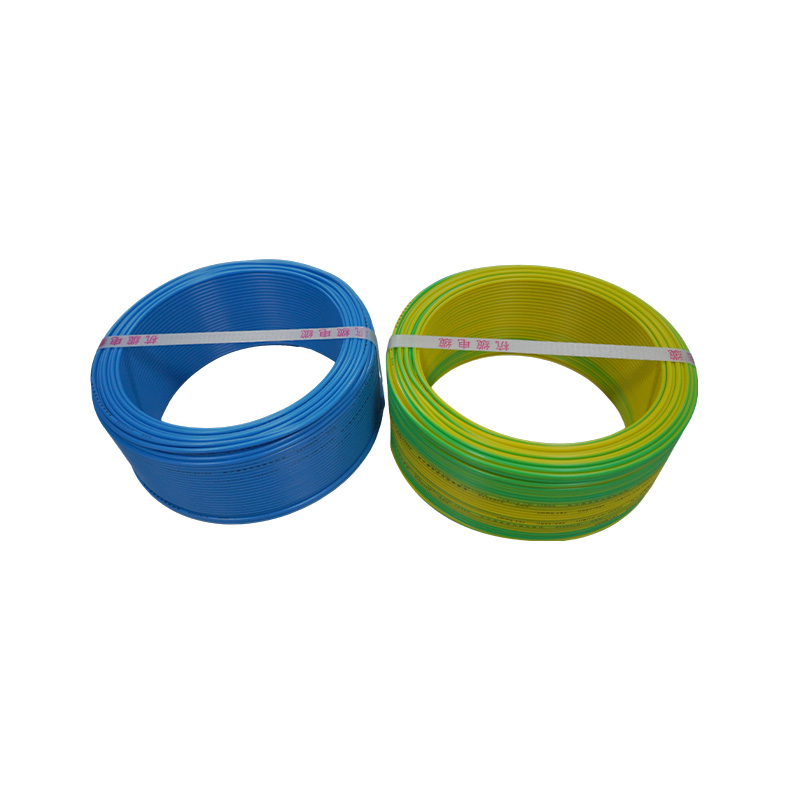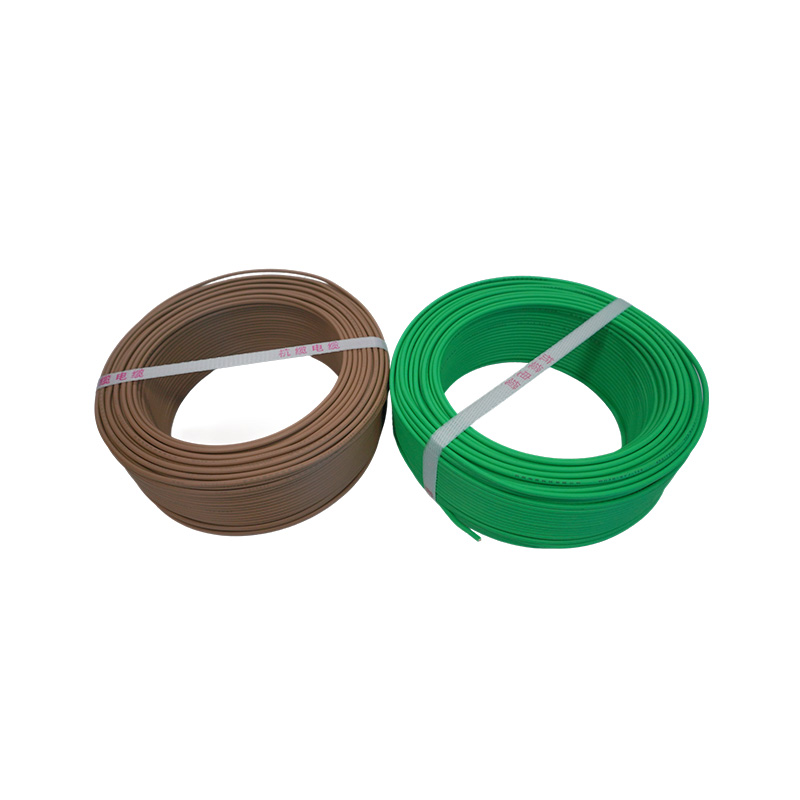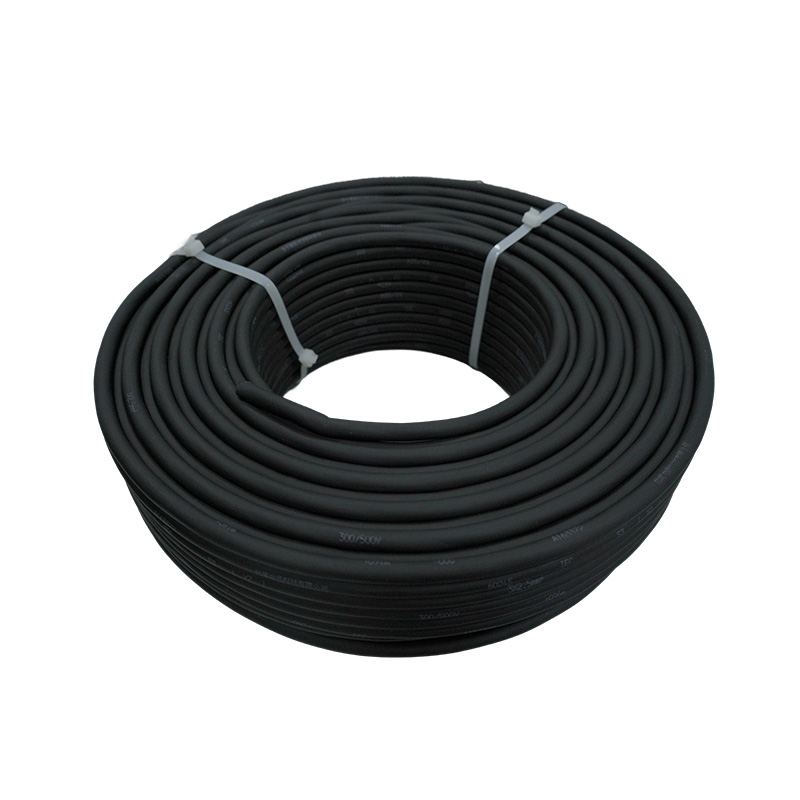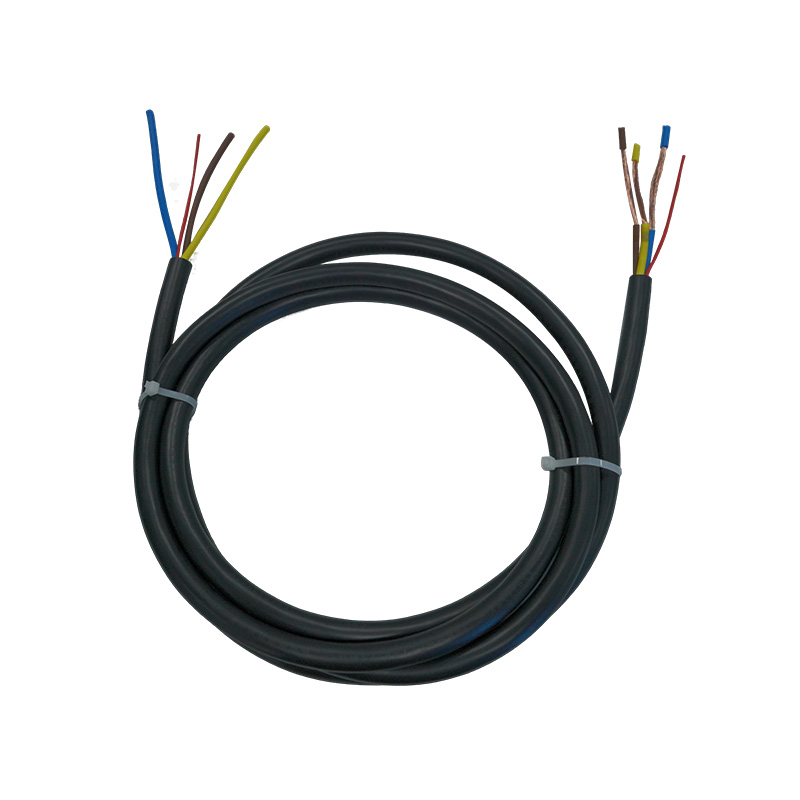How can the cable for electric vehicle conduction AC charging system maintain connection stability during frequent plugging and unplugging?
Release Time : 2025-07-23
With the increasing popularity of electric vehicles (EVs), the reliability and durability of charging systems have become the focus of users and operators. Especially for public charging stations, charging cables need to withstand frequent plugging and unplugging operations. This requires the cable to not only perform well in power transmission, but also have excellent mechanical properties to ensure long-term connection stability.
1. Design a sturdy connector structure
The connector part of the cable for electric vehicle conduction AC charging system is one of its core components, which is directly related to the stability and safety of the entire system. In order to cope with the wear and stress caused by frequent plugging and unplugging, this type of cable usually adopts a reinforced connector design. For example, high-strength metal materials are used to manufacture plugs and sockets, and precision machining is used to ensure that the contact surface is flat and smooth to reduce friction damage during plugging and unplugging. In addition, some high-end products are also equipped with self-locking mechanisms or spring devices to further enhance the connection firmness and prevent accidental loosening.
2. Select high-performance insulation and shielding materials
In addition to the physical structure reinforcement, material selection is also a key factor in ensuring connection stability. A high-quality cable for electric vehicle conduction AC charging system will use high-performance insulating materials to wrap the conductor, such as cross-linked polyethylene (XLPE), which has good electrical insulation and heat resistance, and can maintain stable electrical properties in high temperature environments. At the same time, in order to resist external electromagnetic interference, a shielding layer is also provided inside the cable. Copper wire braided mesh is often used as a shielding material, which can effectively isolate external signal interference and ensure the accurate transmission of control signals.
3. Optimize cable flexibility and wear resistance
During frequent plugging and unplugging, the cable itself will also be affected by mechanical forces such as stretching and bending. Therefore, it is very important to improve the overall flexibility and wear resistance of the cable. Modern cable for electric vehicle conduction AC charging system uses specially formulated sheath materials, such as TPU (thermoplastic polyurethane elastomer rubber), which is both soft and tough. It can not only withstand multiple bends without breaking easily, but also has excellent wear resistance, which prolongs the service life of the cable.
4. Intelligent monitoring and safety warning function
In order to further improve the connection stability, many advanced cable for electric vehicle conduction AC charging systems also integrate intelligent monitoring and safety warning functions. The built-in sensor monitors the working status of the cable in real time, including parameters such as current intensity, temperature change, and contact resistance. Once an abnormal situation is detected, such as overload, short circuit, or poor contact, the system will immediately sound an alarm and take corresponding measures, such as automatically disconnecting the power supply or adjusting the charging power, so as to avoid connection failure caused by electrical faults.
5. Strict testing and certification standards
In order to ensure product quality, all qualified cable for electric vehicle conduction AC charging system must undergo a series of rigorous testing and certification procedures. These tests cover electrical performance, mechanical strength, environmental adaptability and other aspects. In addition, during the actual production process, manufacturers will also conduct sampling inspections on each batch of products to ensure that each cable shipped from the factory can meet the stringent use requirements.
6. Adapt to application requirements under various extreme conditions
The cable for electric vehicle conduction AC charging system not only has to face frequent plugging and unplugging in daily use, but also needs to adapt to the extreme conditions brought about by different geographical regions and seasonal changes. Whether it is the cold northern winter or the hot southern summer, the cables should be kept in good working condition. To this end, they are designed to be resistant to high and low temperatures and can operate normally in the range of -40℃ to +125℃. At the same time, for rainy and snowy weather that may be encountered during outdoor installation, the cable connector usually reaches IP67 or even higher protection level, effectively preventing moisture intrusion and ensuring the safety of electrical connections.
7. Environmental protection and sustainable development considerations
With the increasing global awareness of environmental protection, the design of the cable for electric vehicle conduction AC charging system has also paid more and more attention to environmental protection properties. Cables made of halogen-free flame-retardant materials not only improve safety and reduce fire risks, but also reduce harm to the environment. In addition, the design concept of recyclability runs through the entire product life cycle, from raw material procurement to final waste treatment, minimizing resource waste and promoting the development of green travel.
In summary, the cable for electric vehicle conduction AC charging system can maintain excellent connection stability in frequent plug-in and unplug application scenarios with its sturdy connector structure, high-performance material selection, intelligent safety warning function and strict quality control system. This not only improves the user's charging experience, but also provides solid technical support for the healthy development of the electric vehicle industry.
1. Design a sturdy connector structure
The connector part of the cable for electric vehicle conduction AC charging system is one of its core components, which is directly related to the stability and safety of the entire system. In order to cope with the wear and stress caused by frequent plugging and unplugging, this type of cable usually adopts a reinforced connector design. For example, high-strength metal materials are used to manufacture plugs and sockets, and precision machining is used to ensure that the contact surface is flat and smooth to reduce friction damage during plugging and unplugging. In addition, some high-end products are also equipped with self-locking mechanisms or spring devices to further enhance the connection firmness and prevent accidental loosening.
2. Select high-performance insulation and shielding materials
In addition to the physical structure reinforcement, material selection is also a key factor in ensuring connection stability. A high-quality cable for electric vehicle conduction AC charging system will use high-performance insulating materials to wrap the conductor, such as cross-linked polyethylene (XLPE), which has good electrical insulation and heat resistance, and can maintain stable electrical properties in high temperature environments. At the same time, in order to resist external electromagnetic interference, a shielding layer is also provided inside the cable. Copper wire braided mesh is often used as a shielding material, which can effectively isolate external signal interference and ensure the accurate transmission of control signals.
3. Optimize cable flexibility and wear resistance
During frequent plugging and unplugging, the cable itself will also be affected by mechanical forces such as stretching and bending. Therefore, it is very important to improve the overall flexibility and wear resistance of the cable. Modern cable for electric vehicle conduction AC charging system uses specially formulated sheath materials, such as TPU (thermoplastic polyurethane elastomer rubber), which is both soft and tough. It can not only withstand multiple bends without breaking easily, but also has excellent wear resistance, which prolongs the service life of the cable.
4. Intelligent monitoring and safety warning function
In order to further improve the connection stability, many advanced cable for electric vehicle conduction AC charging systems also integrate intelligent monitoring and safety warning functions. The built-in sensor monitors the working status of the cable in real time, including parameters such as current intensity, temperature change, and contact resistance. Once an abnormal situation is detected, such as overload, short circuit, or poor contact, the system will immediately sound an alarm and take corresponding measures, such as automatically disconnecting the power supply or adjusting the charging power, so as to avoid connection failure caused by electrical faults.
5. Strict testing and certification standards
In order to ensure product quality, all qualified cable for electric vehicle conduction AC charging system must undergo a series of rigorous testing and certification procedures. These tests cover electrical performance, mechanical strength, environmental adaptability and other aspects. In addition, during the actual production process, manufacturers will also conduct sampling inspections on each batch of products to ensure that each cable shipped from the factory can meet the stringent use requirements.
6. Adapt to application requirements under various extreme conditions
The cable for electric vehicle conduction AC charging system not only has to face frequent plugging and unplugging in daily use, but also needs to adapt to the extreme conditions brought about by different geographical regions and seasonal changes. Whether it is the cold northern winter or the hot southern summer, the cables should be kept in good working condition. To this end, they are designed to be resistant to high and low temperatures and can operate normally in the range of -40℃ to +125℃. At the same time, for rainy and snowy weather that may be encountered during outdoor installation, the cable connector usually reaches IP67 or even higher protection level, effectively preventing moisture intrusion and ensuring the safety of electrical connections.
7. Environmental protection and sustainable development considerations
With the increasing global awareness of environmental protection, the design of the cable for electric vehicle conduction AC charging system has also paid more and more attention to environmental protection properties. Cables made of halogen-free flame-retardant materials not only improve safety and reduce fire risks, but also reduce harm to the environment. In addition, the design concept of recyclability runs through the entire product life cycle, from raw material procurement to final waste treatment, minimizing resource waste and promoting the development of green travel.
In summary, the cable for electric vehicle conduction AC charging system can maintain excellent connection stability in frequent plug-in and unplug application scenarios with its sturdy connector structure, high-performance material selection, intelligent safety warning function and strict quality control system. This not only improves the user's charging experience, but also provides solid technical support for the healthy development of the electric vehicle industry.







